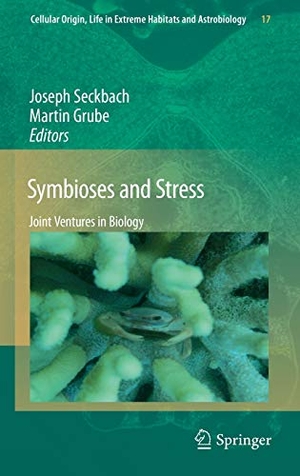
Symbioses and Stress
- Springer Netherlands
- 2010
- Gebunden
- 664 Seiten
- ISBN 9789048194483
When one picks up a multiauthored book in a series like this, one wonders what will be distinctive about its contents. one wonders about the ¿Concept of Symbiosis. ¿ does it have the same meaning for all authors and all potential readers? one is further tempted to question the concept of stress. What is the meaning of the c- cept of stress? Some change in the biotic or abiotic aspects of the environment or habitat of the symbiotic partners? many might support the more general def- tion of symbiosis credited to de bary (1879), that symbiosis is the living together of separately named organisms. Something like
Mehr
Weniger
zzgl. Versand
in Kürze